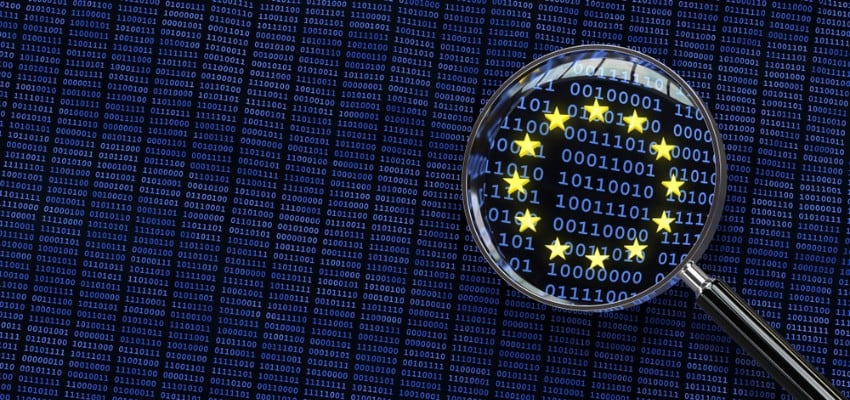|
|
Content Assessment: An EDPB Update - Guidelines on Examples Regarding Data Breach Notification
Information - 95%
Insight - 90%
Relevance - 90%
Objectivity - 95%
Authority - 95%
93%
Excellent
A short percentage-based assessment of the qualitative benefit of the recent post highlighting EDPB guidelines on examples regarding data breach notification.
Editor’s Note: The European Data Protection Board (EDPB) is an independent European body, which contributes to the consistent application of data protection rules throughout the European Union, and promotes cooperation between the EU’s data protection authorities. Recently, the EDBP adopted guidelines on examples regarding data breach notifications. According to the adopted guidelines, as part of any attempt to address a breach, a data controller should first be able to recognize one. The GDPR defines a “personal data breach” in Article 4(12) as “a breach of security leading to the accidental or unlawful destruction, loss, alteration, unauthorized disclosure of, or access to, personal data transmitted, stored or otherwise processed.” Provided for your review and use is a complete copy of the recently published guidelines as they may be useful to legal, business, and information technology professionals operating in the eDiscovery ecosystem seeking to more efficiently recognize and better understand data breaches.
Taken from the European Data Protection Board (EDPB)
EDPB Adopts Guidelines on Examples Regarding Data Breach Notification
Overview
The EDPB adopted guidelines on examples regarding data breach notification. These guidelines complement the Article 29 Working Party (WP 29) guidance on data breach notification by introducing more practice-orientated guidance and recommendations. They aim to help data controllers in deciding how to handle data breaches and what factors to consider during risk assessment. The guidelines contain an inventory of data breach notification cases deemed most common by the national supervisory authorities (SAs), such as ransomware attacks; data exfiltration attacks; and lost or stolen devices and paper documents. Per case category, the guidelines present the most typical good or bad practices, advice on how risks should be identified and assessed, highlight the factors that should be given particular consideration, as well as inform in which cases the controller should notify the SA and/or notify the data subjects. The guidelines will be submitted for public consultation for a period of six weeks.
Guidelines Extract
As part of any attempt to address a breach, the controller should first be able to recognize one. The GDPR defines a “personal data breach” in Article 4(12) as “a breach of security leading to the accidental or unlawful destruction, loss, alteration, unauthorized disclosure of, or access to, personal data transmitted, stored or otherwise processed”.
In its Opinion 03/2014 on breach notification and in its Guidelines WP 250, WP29 explained that breaches can be categorized according to the following three well-known information security principles:
- “Confidentiality breach” – where there is an unauthorized or accidental disclosure of, or access to, personal data.
- “Integrity breach” – where there is an unauthorized or accidental alteration of personal data.
- “Availability breach” – where there is an accidental or unauthorized loss of access to, or destruction of, personal data.
A breach can potentially have a range of significant adverse effects on individuals, which can result in physical, material, or non-material damage. The GDPR explains that this can include loss of control over their personal data, limitation of their rights, discrimination, identity theft or fraud, financial loss, unauthorized reversal of pseudonymization, damage to reputation, and loss of confidentiality of personal data protected by professional secrecy. It can also include any other significant economic or social disadvantage to those individuals. One of the most important obligations of the data controller is to evaluate these risks to the rights and freedoms of data subjects and to implement appropriate technical and organizational measures to address them.
Review the Complete Guidelines Document (PDF) from the EDPB
EDPB Guidelines 01:2021 on Examples Regarding Data Breach NotificationRead the original Guideline document from the European Data Protection Board
Additional Reading
- You Want Answers? EDPB FAQ on CJEU Schrems II Decision
- The Age of Consent? European Data Protection Board Guidelines on Consent Under the GDPR
Source: ComplexDiscovery


























